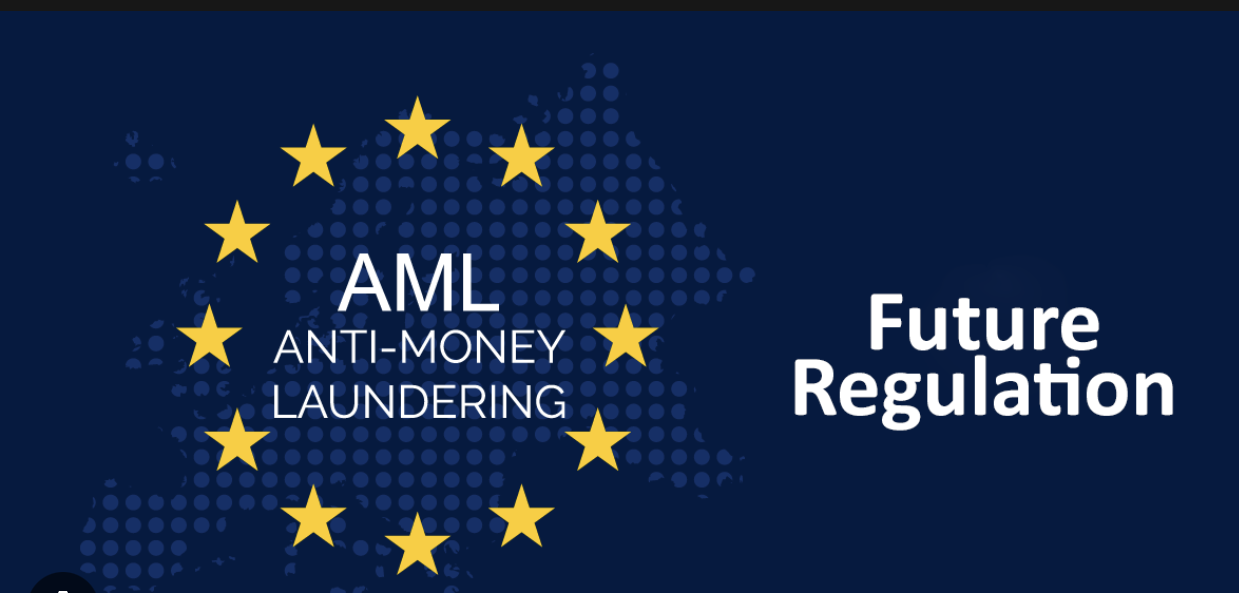As of July 2023, the European Union (EU) is making significant strides in transforming its approach to combating financial crime through a comprehensive Anti-Money Laundering (AML) reform plan. The proposed plan aims to establish a more robust AML framework and address the challenges posed by cross-border transactions, enhancing the ability of financial institutions to safeguard against illicit activities effectively.
The Current Approach
For over three decades, the EU’s AML policy has relied on Anti-Money Laundering Directives (AMLDs). However, variations in implementation across member states have made the system vulnerable to exploitation by criminals and posed compliance challenges for businesses operating across borders.
The AML Plan
The proposed AML reform package consists of four key elements:
Establishing an AML Authority (AMLA)
- The creation of AMLA aims to centralise oversight and coordination of national AML regulators and systemically significant financial institutions. This will enhance cooperation among member states and lead to a more standardised and efficient approach to combating financial crime.
Introducing a new Directive on national regulatory and law enforcement structures
- This new directive seeks to strengthen national AML frameworks, harmonize regulatory practices, and streamline law enforcement efforts across the EU.
Providing a single rulebook for the obliged private sector through the AML Regulation (AMLR)
- By establishing a unified AML rulebook, the AMLR will help businesses operating in the EU navigate compliance requirements more effectively. This single rulebook will simplify due diligence processes and reduce compliance burdens.
Updating the Transfer of Funds regulation
- The updated regulation will extend AML obligations to include crypto-asset service providers (CASPs). CASPs will be required to collect and share originator and beneficiary information, aligning with the ‘Travel Rule’ and bringing virtual asset transactions within the regulatory framework.
Recent Developments
The Transfer of Funds regulation is the only part of the plan that has been fully agreed upon, with the Parliament and Council endorsing it in April and May 2023, respectively. It is set to come into effect in January 2025. However, discussions continue on the other elements of the plan.
Ongoing Discussions
Negotiations between the European Commission, Parliament, and Council are ongoing, aiming to find common ground and agree on the remaining elements of the reform package. While progress has been made on the AML Regulation and Directive, disagreements over the AML Authority’s powers have slowed the pace of negotiations. As a result, the final vote on the package might not occur until late 2023 or early 2024.
Key Takeaways
It is crucial for newly obliged crypto-asset service providers (CASPs) to take urgent action to comply with the Transfer of Funds regulation and Markets in Crypto Assets (MiCA) requirements. Additionally, businesses operating in the EU should closely monitor developments as the new AML framework may lead to wider and more stringent requirements, necessitating timely responses to regulatory demands.






